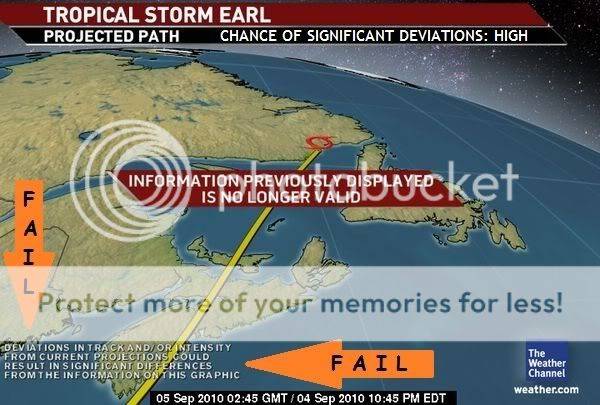A new study published in the peer reviewed Journal of Geophysical Research Atmospheres
shows pretty conclusively that the climate models being used bear no resemblance to reality or past history.
Abstract
[1] We utilize energy budget diagnostics from the Coupled Model Intercomparison Project phase 5 (CMIP5) to evaluate the models' climate forcing since preindustrial times employing an established regression technique. The climate forcing evaluated this way, termed the adjusted forcing (AF), includes a rapid adjustment term associated with cloud changes and other tropospheric and land-surface changes. We estimate a 2010 total anthropogenic and natural AF from CMIP5 models of 1.9 ± 0.9 W m−2 (595% range). The projected AF of the Representative Concentration Pathway simulations are lower than their expected radiative forcing (RF) in 2095 but agree well with efficacy weighted forcings from integrated assessment models. The smaller AF, compared to RF, is likely due to cloud adjustment. Multimodel time series of temperature change and AF from 1850 to 2100 have large intermodel spreads throughout the period. The intermodel spread of temperature change is principally driven by forcing differences in the present day and climate feedback differences in 2095, although forcing differences are still important for model spread at 2095. We find no significant relationship between the equilibrium climate sensitivity (ECS) of a model and its 2003 AF, in contrast to that found in older models where higher ECS models generally had less forcing. Given the large present-day model spread, there is no indication of any tendency by modelling groups to adjust their aerosol forcing in order to produce observed trends. Instead, some CMIP5 models have a relatively large positive forcing and overestimate the observed temperature change.
Evaluating adjusted forcing and model spread for historical and future scenarios in the CMIP5 generation of climate models - Forster - 2013 - Journal of Geophysical Research: Atmospheres - Wiley Online Library
shows pretty conclusively that the climate models being used bear no resemblance to reality or past history.
Abstract
[1] We utilize energy budget diagnostics from the Coupled Model Intercomparison Project phase 5 (CMIP5) to evaluate the models' climate forcing since preindustrial times employing an established regression technique. The climate forcing evaluated this way, termed the adjusted forcing (AF), includes a rapid adjustment term associated with cloud changes and other tropospheric and land-surface changes. We estimate a 2010 total anthropogenic and natural AF from CMIP5 models of 1.9 ± 0.9 W m−2 (595% range). The projected AF of the Representative Concentration Pathway simulations are lower than their expected radiative forcing (RF) in 2095 but agree well with efficacy weighted forcings from integrated assessment models. The smaller AF, compared to RF, is likely due to cloud adjustment. Multimodel time series of temperature change and AF from 1850 to 2100 have large intermodel spreads throughout the period. The intermodel spread of temperature change is principally driven by forcing differences in the present day and climate feedback differences in 2095, although forcing differences are still important for model spread at 2095. We find no significant relationship between the equilibrium climate sensitivity (ECS) of a model and its 2003 AF, in contrast to that found in older models where higher ECS models generally had less forcing. Given the large present-day model spread, there is no indication of any tendency by modelling groups to adjust their aerosol forcing in order to produce observed trends. Instead, some CMIP5 models have a relatively large positive forcing and overestimate the observed temperature change.
Evaluating adjusted forcing and model spread for historical and future scenarios in the CMIP5 generation of climate models - Forster - 2013 - Journal of Geophysical Research: Atmospheres - Wiley Online Library


